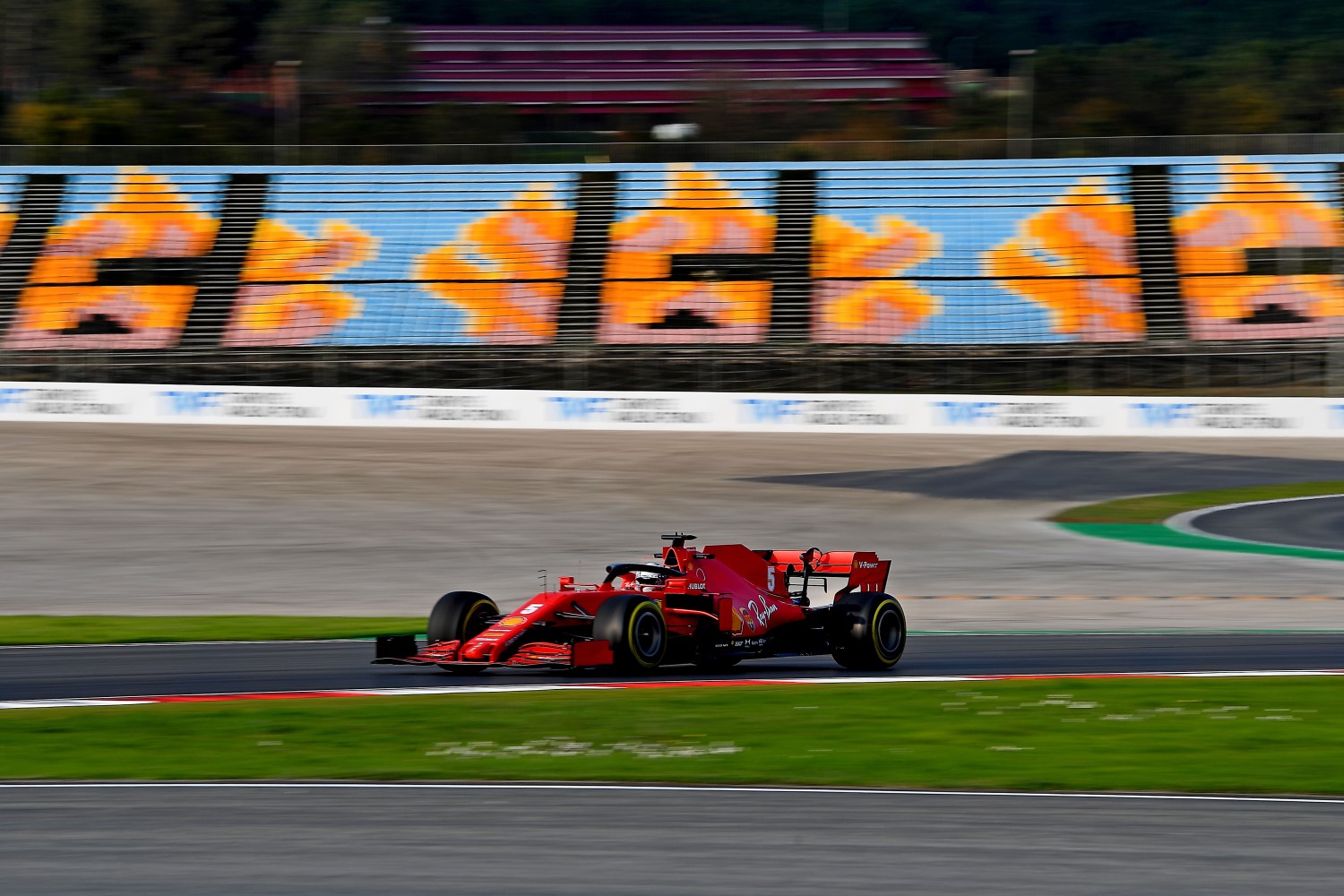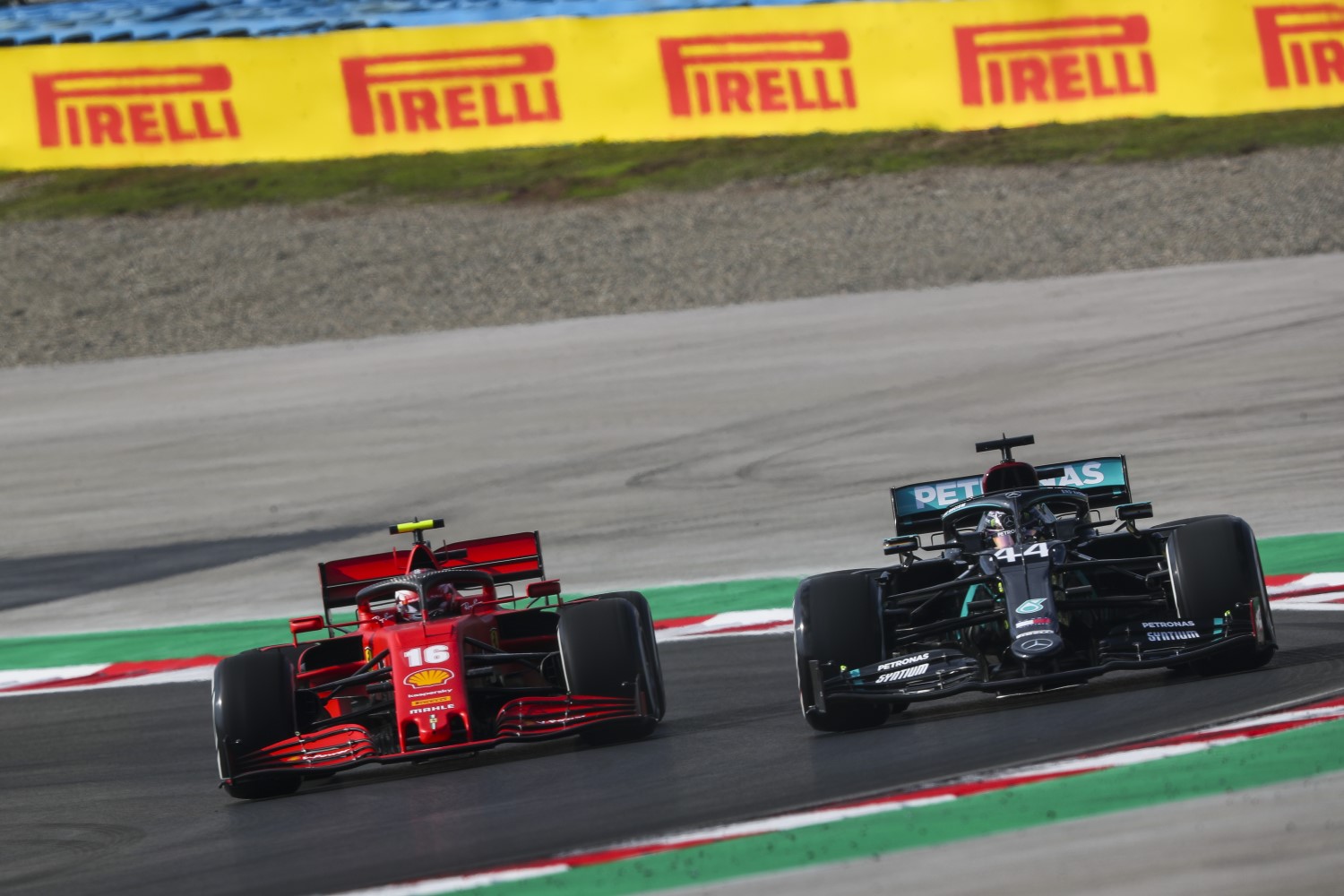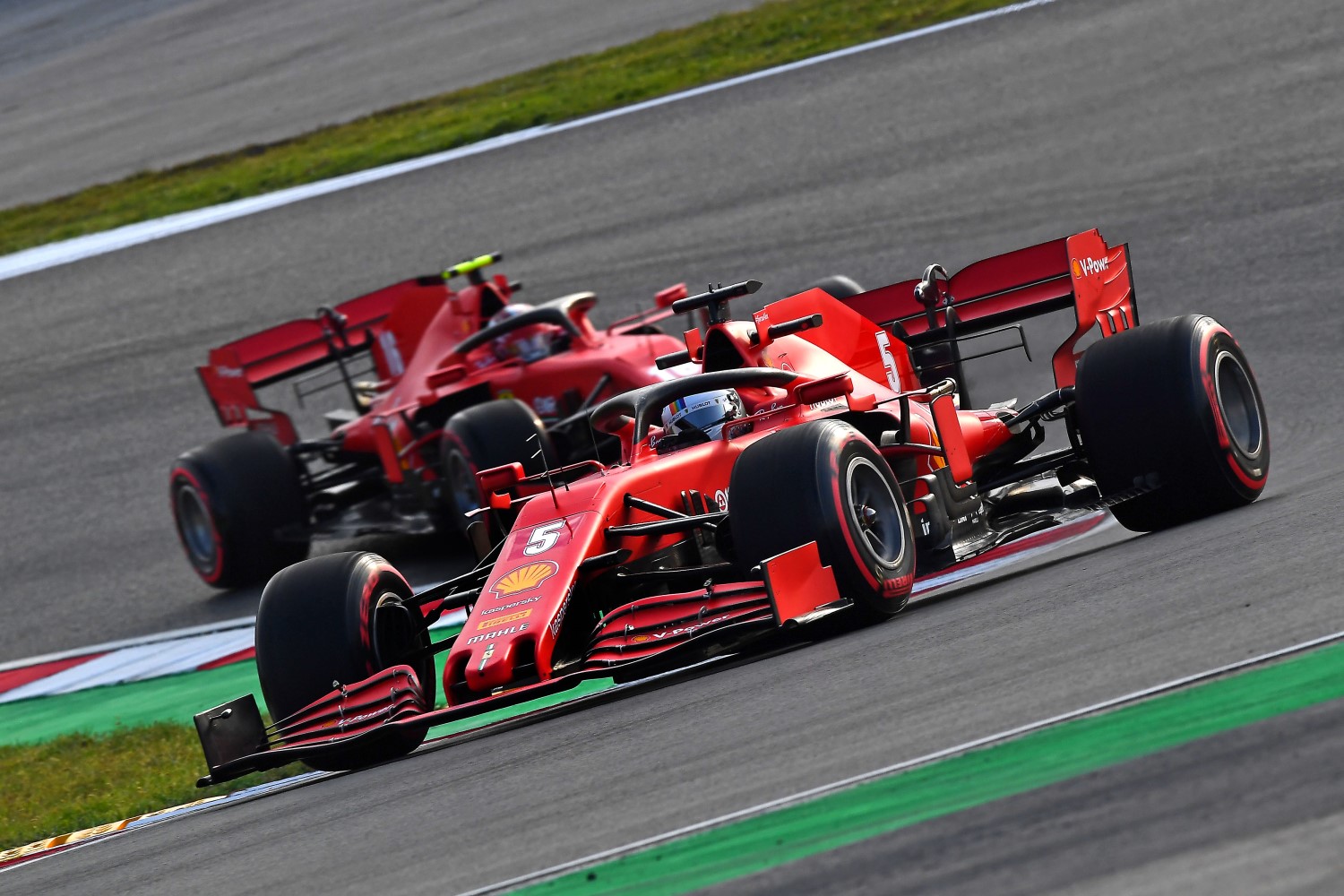Ferrari post-Turkey GP technical analysis
Ferrari had a roller coaster Turkish Grand Prix, the 14th round of the year, which ended with the team’s best overall result of the season and its biggest points haul. Friday went well despite very unusual track conditions and then came a very tricky qualifying in the wet, with both drivers getting no further than Q2. Despite that, yesterday, Sebastian Vettel secured his first podium of the season in third spot and Charles Leclerc was fourth, but the result could have been marginally even better. Inaki Rueda, Head of Race Strategy for Ferrari, looks back at the race in the post-race debrief.
“It’s worth starting with a few words on the conditions everyone encountered on arrival at Istanbul Park. The track had recently been resurfaced and during the Wednesday track walk, it was clear that the surface was still oily and slippery. That was plain to see during Friday free practice when lap times were nowhere near those predicted and even on Sunday, although it didn’t actually rain during the race, it was never really dry enough to switch to slicks.”
How do you work out when’s the right time to switch from wet weather tires to slicks?
“Normally, the crossover point comes at a point when the Intermediates start overheating and wear out while the dry weather tires struggle to get up to temperature. Usually when lap times are around 10 seconds slower than a dry time, the time to switch is approaching but it’s never an easy decisions. If you switch too early to the slicks you risk never getting them up to temperature and if you do it too late, the intermediates will have worn out and so the lap times will be too slow. Yesterday, nobody fitted dry tires although the Intermediates were wearing out, it was a very unusual scenario.
Why was the start so important?
“The pre-race rain left limited the choice of tire for the start was to the full wet or the intermediate and we went for the former as there was still a lot of standing water at many points of the track. The race director’s decision not to start behind the Safety Car was key because if we had, the tires would have got even colder, making it even harder to drive in the early stages. Our drivers started from 11th and 12th and in Istanbul the difference in grip between the clean and the dirty side of the grid was clear, even in the wet. Sebastian made the most of this, getting off the line really well and, avoiding some of the chaos going on ahead of him, found himself fourth after a few corners. Charles however had great difficulty in the early stages and dropped back to 14th at the end of the opening lap.”

How did the strategy pan out from then on?
“Usually the Extreme Wet tires are good to navigate through puddles , but as soon as the heavy water is cleared from the racing line the Intermediate tires are always faster and they have a much bigger operating window. Competitors with clear track ahead have the benefit of good visibility and can get into a rhythm more easily, so can react to what others do. Those who are behind slower cars, with poor visibility, might consider taking a risk if it means they might have a clear track ahead after a pit stop. That’s why Charles was the first to stop to switch to Inters at the end of lap 6, while we waited two more laps for Sebastian once we saw that Leclerc’s pace was very good, and he’d have a window of clear track to make his stop without sending him back out into traffic. With this gambit, Charles was able to undercut three drivers and was quick enough to catch Ricciardo, Sainz and Verstappen after around 15 laps.”
And then how did you opt to manage Charles’ situation?
“At the time, we still believed sooner or later we’d be switching to Softs, but then a window of opportunity came up to pit him for a new set of Intermediates without losing position. It’s true that it would cost us around 20 seconds but with the extra pace the new tires would give him, he would make up that up in about six laps. If the track didn’t dry up in six laps we could either be back where we were or one stop ahead of all our competitors if the track never dried up! We asked the drivers for their opinion and then decided it was worth a shot. We were again the first to make the move on lap 30, with many others then following suit and it paid off. Sainz and Ricciardo tried to cover Charles but he was so quick that it only took two laps to pull off the undercut.”

Meanwhile, Sebastian was coming under pressure from Hamilton.
“Yes, the Mercedes driver was always a threat, although there was a point where it seemed Sebastian could pull away, but then his intermediates were getting a bit too worn. Charles’ stop had provoked a chain reaction which gave Seb a clear track, so we brought him again on lap 33 for new Intermediates. At his stage, we still thought we might be switching to slicks, but with a clear track ahead of him, Hamilton seemed to be able to keep his pace up after more than 30 laps on the intermediates and this is what got us thinking about finishing the race on intermediates. Charles was also very quick and managed to easily pass Albon and Stroll and then Sebastian and Verstappen, before setting off in pursuit of Perez who on lap 40 was around 20 seconds ahead. To make things more interesting, it also looked more and more likely that the rain would return which could have made the closing laps very interesting, especially for those running on very old intermediates…”
This brings us to the closing stages of this exciting Grand Prix.
“Charles continued to push on in determined fashion and despite a few mistakes, he found himself 7 seconds behind Perez on lap 50, with Sebastian not far behind him. On the final lap, Perez made a mistake at turn 9 and Charles managed to pass him, but was unable to get back on the dry line before having to brake for turn 12. He overshot, which allowed Perez to retake second place. Seb made the most of it to move into third and actually came very close to finishing second, with just 327 thousandths separating him from the Racing Point car as they took the checkered flag.”
